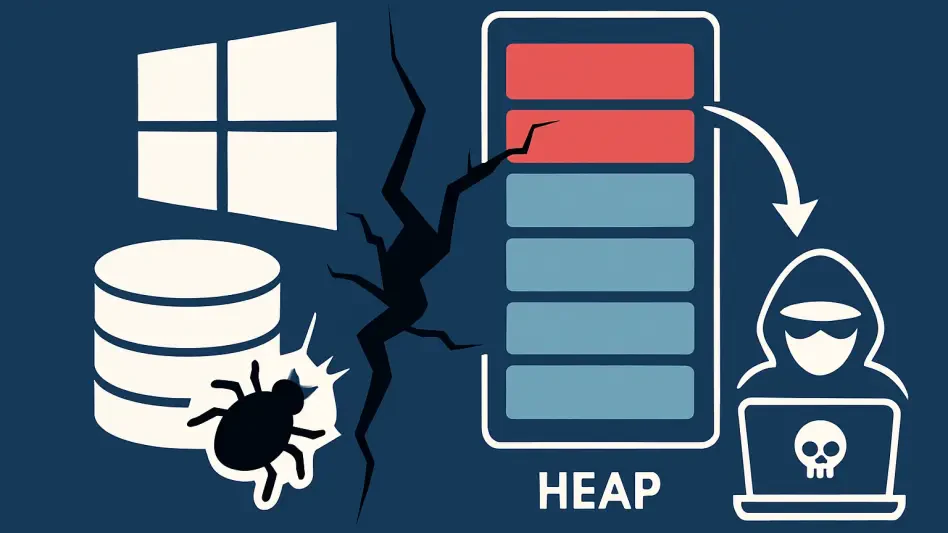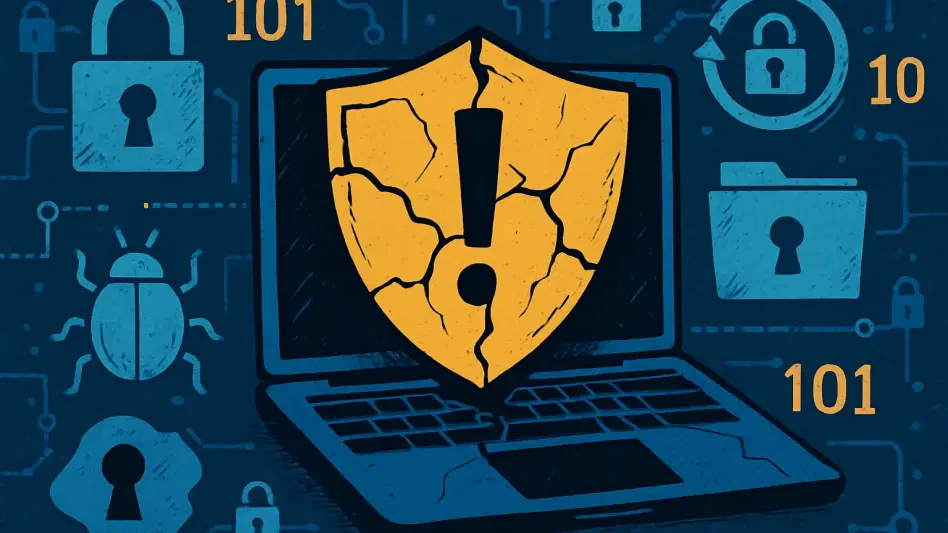In a recent turn of events, Silk Typhoon, a Chinese state-sponsored espionage group, has refined its attack strategies, pivoting their focus towards targeting IT supply chains. Microsoft Threat Intelligence detected that this sophisticated group is now exploiting common IT solutions, remote management tools, and cloud applications to breach networks. Silk Typhoon’s extensive targeting footprint poses a significant threat as they exploit zero-day vulnerabilities and abuse stolen API keys and credentials related to privilege access management and cloud services, having shifted tactics since late 2024. The group’s advanced techniques necessitate that organizations worldwide, especially within the United States, bolster their defenses to ward off potential breaches.
Recognizing and Mitigating Vulnerabilities
It is imperative for organizations to be vigilant about known vulnerabilities that can be exploited by threat groups like Silk Typhoon. For instance, early in 2025, they seized upon a zero-day vulnerability in Ivanti Pulse Connect VPN (CVE-2025-0282). Swift action from Microsoft enabled Ivanti to promptly patch this critical exploit, thus narrowing the window of opportunity for these attackers. Organizations must undertake a proactive approach by continuously monitoring and patching public-facing devices to prevent similar breaches. Regular patch management ensures that exploitable vulnerabilities are quickly addressed, hindering adversaries from gaining initial access.
Understanding Silk Typhoon’s modus operandi is crucial for anticipating possible entry points. This group often infiltrates through the acquisition of API keys which provides them access to downstream customer environments. Following infiltration, they conduct thorough reconnaissance, gather sensitive data, and even install web shells for persistent access. Industries across the board, including IT services, healthcare, education, defense, and government agencies, are potential targets. The methods they employ to escalate privileges, dump Active Directory, and steal passwords highlight the need for robust network security protocols and vigilant monitoring of unusual activities within the system.
Enhancing Cloud Security and Access Management
Silk Typhoon’s adeptness in navigating cloud infrastructure to move laterally, maintain persistence, and exfiltrate data demands a comprehensive strategy to secure cloud environments within organizations. Their capacity to manipulate service principals and OAuth applications to siphon data from Microsoft Graph API into hidden spoofed applications calls for heightened awareness and stringent access management. Organizations must conduct regular audits of privilege levels and enforce strong credential hygiene practices such as multi-factor authentication (MFA) to reduce the risk of credential abuse.
Cloud solutions and remote management tools, being prime targets, necessitate advanced security frameworks. Microsoft advises monitoring for unusual service principal sign-ins and anomalies in system activities. By automating security configurations within cloud-based environments and enhancing visibility, organizations can detect and mitigate unauthorized access attempts more effectively. Deploying security solutions that provide continuous monitoring and real-time alerts can bolster an organization’s response to such advanced threats.
Strategizing Long-term Defensive Measures
Given Silk Typhoon’s broad targeting – spanning IT services, healthcare, legal sectors, higher education, defense, government agencies, NGOs, and energy companies – a top-priority long-term strategy is critical. Organizations must implement robust security protocols beyond immediate technical measures. Establishing a culture of cybersecurity awareness through regular employee training on identifying phishing attempts and securing credentials is vital. Investing in advanced threat intelligence services can offer early warning of potential threats and assist in formulating strategic defense moves suitable for the specific threat landscape each organization faces.
Organizations should employ a multi-layered security approach including endpoint detection and response (EDR) solutions that leverage artificial intelligence (AI) to predict and neutralize attacks before they cause significant damage. Regularly revisiting incident response plans and conducting simulations can prepare teams to react swiftly and effectively under pressure. Capitalizing on collaboration and intelligence sharing with industry peers can also help in understanding emerging threats, such as those posed by Silk Typhoon, and collectively raising the bar on cybersecurity defenses across industries.
Conclusion: Preparing for Future Threats
In recent developments, Silk Typhoon, a Chinese state-sponsored espionage group, has sharpened its attack methods, now focusing on IT supply chains. According to Microsoft Threat Intelligence, this highly sophisticated group is exploiting standard IT solutions, remote management tools, and cloud applications to infiltrate networks. The expansive scope of Silk Typhoon’s targeting activity is particularly alarming as they capitalize on zero-day vulnerabilities and misuse stolen API keys and credentials related to privilege access management and cloud services. Their shift in tactics, evident since late 2024, highlights their evolving strategies. The group’s advanced techniques underscore the urgent need for organizations globally, especially those in the United States, to strengthen their cybersecurity measures and defenses to prevent potential breaches. This calls for a heightened state of vigilance and comprehensive security protocols to combat the growing threat posed by such state-sponsored cyber espionage groups.







